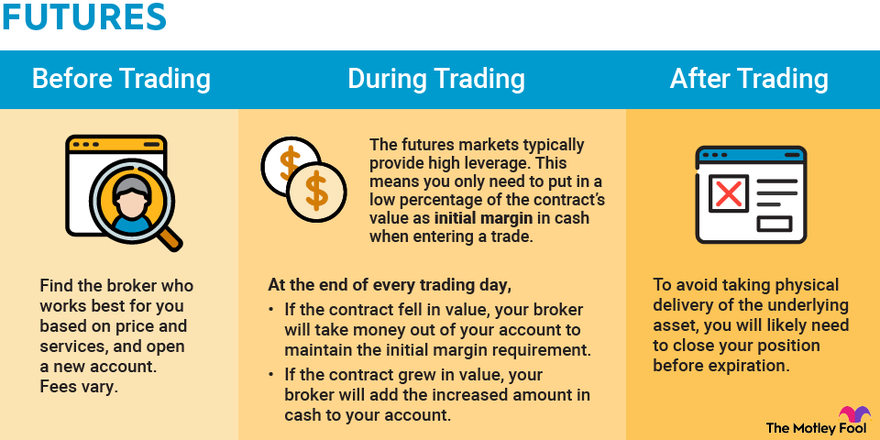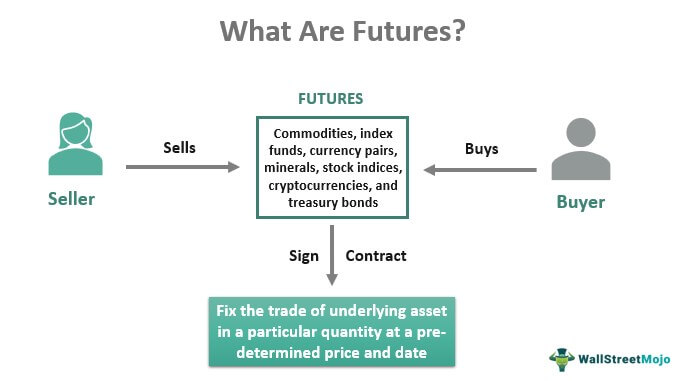Futures Trading Review: Expert Insights and Market Trends You Should Know

Take-profit trading is an essential strategy for any investor looking to secure in increases consistently. While the appeal of higher Take profit trader can tempt traders to carry onto jobs for longer, understanding when to take income assists lower risk and encourages disciplined trading. But how do one grasp the artwork of take-profit trading? Listed below are important recommendations and methods to simply help improve your trading approach.
Understand the Importance of a Take-Profit Technique
Data from prime trading platforms shows that traders who strictly abide by take-profit methods often outperform those who risk on unstable market swings. Placing a take-profit stage enables traders to quit positions quickly when a certain cost point is reached. This process eliminates emotion-driven conclusions, one of the very frequent problems in trading.

Rather than extremely pursuing increases, a definite leave strategy assures money storage while lowering contact with downturns. Think about this example—ideas from trading data reveal that while 80% of traders shut jobs in a loss because of mental trading, those who predetermine their profit objectives secure regular wins.
Check Market Volatility and Tendencies
Effective take-profit trading thrives on knowledge the bigger industry movements. Volatility is just a critical sign that may either be your ally or foe, relying on how you handle it. If old data indicates a high-volatility time, stronger stop-losses or conservative gain goals might be necessary. On the other hand, a trending industry offers opportunities wherever traders may drive the momentum and hit their take-profit items effectively.
As an example, in accordance with new business developments, cryptocurrencies like Bitcoin are more susceptible to dramatic cost swings than old-fashioned stocks. Thus, traders such resources may benefit from active take-profit techniques linked with trailing stops.
Use Complex Indications to Set Income Levels
Putting numbers behind your trades is non-negotiable. Instruments like Fibonacci retracements, moving averages, and support/resistance degrees can play a critical position in defining your take-profit zones. Research indicates that traders applying these indications are 30% more prone to close trades at optimum points.

As an example, Fibonacci retracement resources might help determine key reversal areas, providing exit items on a rising trend. Equally, mixing RSI (Relative Power Index) with support/resistance provides extra understanding on when resources are overbought, showing a signal to get profits.
Remain Disciplined and Consider Regularly
Uniformity separates successful traders from the rest. Frequently considering previous trades with detailed statistics will show styles and support fine-tune your strategy. A accurate strategy diminishes impulsive conclusions and develops a way toward long-term profitability.
